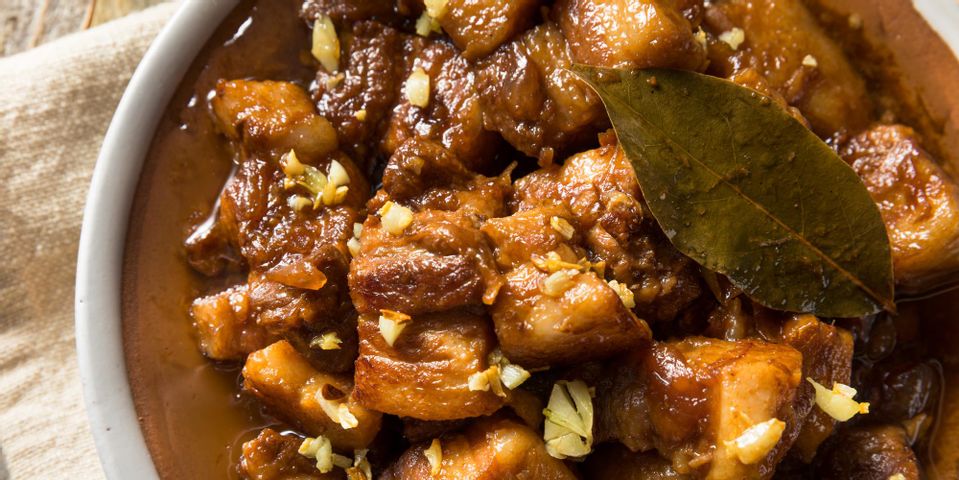
If you’ve ever eaten at a Filipino restaurant, you may have tried adobo or seen it on the menu. Adobo refers to a marination or stewing method and usually includes a combination of meats, spices, soy sauce, and vinegar. Here’s more information about this cooking style’s fascinating history and evolution.
Your Guide to Adobo
Origin
When you first hear the word “adobo,” you may associate it with Spanish cooking. However, Filipino adobo is entirely different, even though its name has a connection to the Spanish version. When Spain invaded the Philippines in the 1500s, they observed how the natives cooked their meats and called it “adobo,” which is the Spanish word for “marinade.”
Traditionally, Filipinos used soy sauce and vinegar because of their salt and acid contents, which preserved the meat and prevented bacteria from forming. They stewed the meat in clay pots over an open fire for several hours until it was juicy and tender.
Preparation
 To this day, chicken adobo remains the national dish of the Philippines and consists of marinating the meat in a mixture of vinegar, soy sauce, garlic, bay leaves, and black pepper before stewing. In modern Filipino restaurants, adobo is prepared in metal pans or woks on a stovetop and served over a bed of hot rice.
To this day, chicken adobo remains the national dish of the Philippines and consists of marinating the meat in a mixture of vinegar, soy sauce, garlic, bay leaves, and black pepper before stewing. In modern Filipino restaurants, adobo is prepared in metal pans or woks on a stovetop and served over a bed of hot rice.
Variations
Vinegar and soy sauce are the two most basic ingredients in adobo. Some Filipino restaurant cooks add coconut milk to make the sauce creamy or include a dash of honey for sweetness. Alternative vinegars, such as coconut, rice, or cane, are commonly used, along with additional ingredients, including onions and ginger. Additionally, many people substitute chicken for beef, pork, or fish.
If you want to try authentic Filipino adobo, head to Plantation Grindz in Kahului, HI. This Filipino restaurant serves breakfast, lunch, and dinner, and features traditional, delicious dishes, such as fried milkfish, pork and peas, and banana lumpia. View their menu online, or call (808) 873-3663 to place a takeout order.
About the Business
Have a question? Ask the experts!
Send your question

